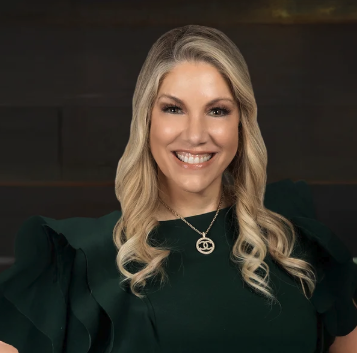Written by Sophia Acevedo, CEPF; edited by Laura Grace Tarpley
Read the Original Article Here
Our experts answer readers’ banking questions and write unbiased product reviews (here’s how we assess banking products). In some cases, we receive a commission from our partners; however, our opinions are our own. Terms apply to offers listed on this page.
- Savings account rates increased in 2023 as the Federal Reserve raised the federal funds rate to combat inflation.
- Savings account rates will likely go down in 2024 when the Federal Reserve cuts its rate.
- A high-yield savings account is still a good place for savings you may need to access occasionally, like an emergency fund.
Many savings accounts offer competitive interest rates right now. Most noticeably, the best high-yield savings accounts pay around 5% APY (Annual Percentage Yield).
Savings account interest rates have gone up in 2023 because they’re impacted by the Federal Reserve’s decisions. When the Fed raises the federal funds rate, savings account rates tend to rise as well. If the Fed cuts rates, savings account rates are expected to drop.
Will savings rates stay high in 2024, too? We’ll explain the savings rates forecast for 2024 and how to determine if you should open a high-yield savings account.
How high will savings interest rates go in 2024?
Savings accounts will likely offer the highest interest rates at the beginning of 2024.
At the December Federal Open Committee Market Meeting, the Fed continued its pause on rate hikes with the goal of getting closer to an inflation rate of 2%. The Consumer Price Index, a tool for measuring inflation increased 3.1% year over year in November.
As a result, savings rates will probably remain high at the start of the year, similar to current savings rates. Savings interest rates could drop later in 2024, though.
“The Fed has stopped the relentless hikes and we are now in a pause. They are determining that 2024 is going to be a cut year. What we don’t know is how much those cuts are and when they’re coming. That is speculation,” explains Cary Carbonaro, CFP, senior vice president, and director of women and wealth with ACM Wealth.
The Fed has signaled three interest rate cuts in 2024, according to the Summary of Economic Projections. Once the Federal Reserve plans to cut rates, that will influence savings rate changes. Savings rates will likely begin to drop after the Fed’s announcement, with some banks deciding to decrease rates more quickly than others.
Should I open a high-yield savings account?
You may still want to open a high-yield savings account if you’re contributing money to short-term savings goals or establishing an emergency fund. Unlike CDs, high-yield savings accounts allow you to access your money at any time (although some banks only permit six free transactions per month).
Keep in mind that high-yield savings accounts have variable interest rates, not fixed rates. This means that while some high-yield savings accounts currently pay around 5% APY, your rate could increase or decrease at any time. That said, high-yield savings accounts still pay more than traditional savings accounts at big brick-and-mortar banks, regardless of rate fluctuations.
If you locked in a high CD rate, however, Carbonaro points out you would be able to keep the same rate for the full term. For example, if you opened a 1-year CD, it would maintain the same rate for one full year starting on the date you opened it. However, if you need to withdraw money during the CD term, you would have to pay a penalty.
Choosing between a high-yield savings account and a CD will depend on the timeline of your savings goal and whether you need immediate access to your savings. Carbonaro says you have to decide whether it’s worth locking in at a high rate or if there’s another place that’s more suitable for your money.




